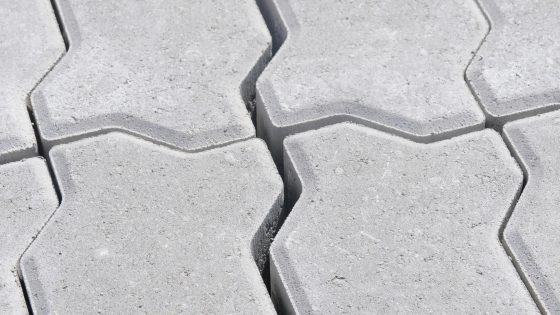Once the last flower has faded from your Toronto garden and a chill can be felt in the morning air, it is time to start thinking of closing up your beds and preparing them for the winter months. While it is true that you can simply leave everything as is and wait until spring to tackle the clean up – it is best to get it down in the fall so that your garden and your plants are able to rest properly and so are better prepared for spring when it arrives.
FLOWER BEDS
If you have flower beds, then what needs to be done will depend on whether you have perennials or annuals in your Ontario garden. Annuals need simply to be removed and discarded once they have finished blooming and start to die. Perennials are a different story altogether. Depending on the type of perennials in your garden you will want to treat them differently.
Ornamental grasses: Although tradition says that they need to be cut back in the fall, some of these grasses are so pretty and keep their shape and colour all winter long, that some gardeners won’t cut them back until early spring – and some just prefer to keep them all year round to enjoy their wheat-colored beauty.
Flowers with seed heads: Some flowers with seed heads can be left through the winter even if you cut back the foliage. The seed-heads feed wintering birds through the cold days and even provide a sort of shelter from the snow for the garden bed. So, the seed heads can be left intact until the spring time.
Other perennials: The rest of the perennial flowers can be cut back in late fall to prepare them for the winter.
Evergreens: Resist the urge to prune your evergreens until the spring. If they are large then consider covering them with a burlap wrap and securing them with a tie to help them keep their shape under heavy snow.
VEGETABLE GARDENS
Preparing your vegetable garden for winter is rather straight-forward. Simply pull up your old plants, fertilize your garden (after checking to make sure you have the right pH balance), work the soil by tilling and then protect it by covering with mulch or by planting a cover crop that you don’t intend to harvest. Cover crops are simply crops that will protect your topsoil from eroding or washing away. Furthermore, it can be tilled into the soil in the spring for added nutrition. If you have perennial crop plants, cut back old stalks and then cover them with mulch to protect them through the winter.
With just a little time and effort you and your garden can rest easy knowing that all will be ready for when springs rolls around again.



